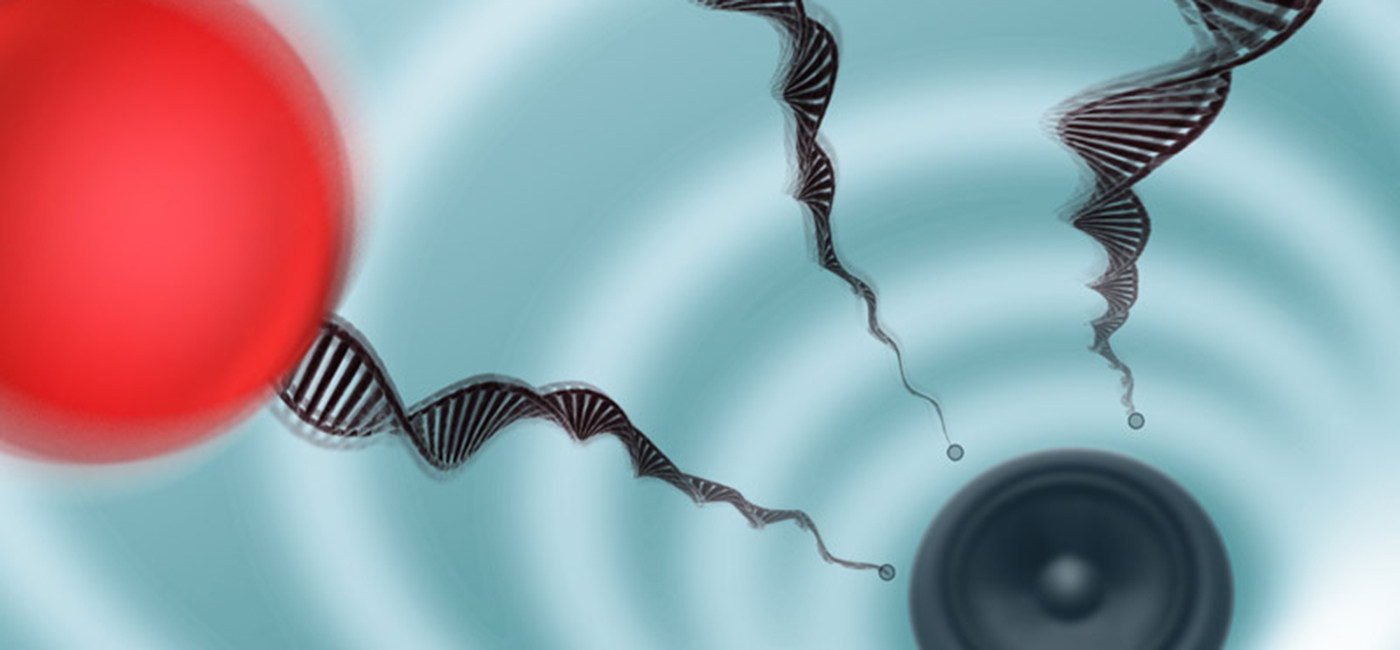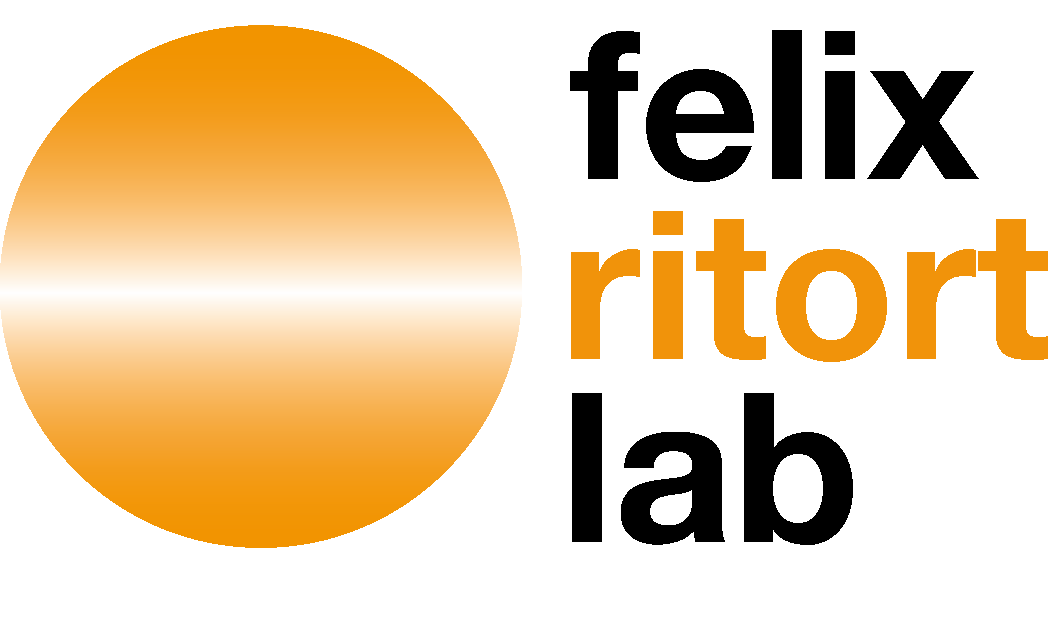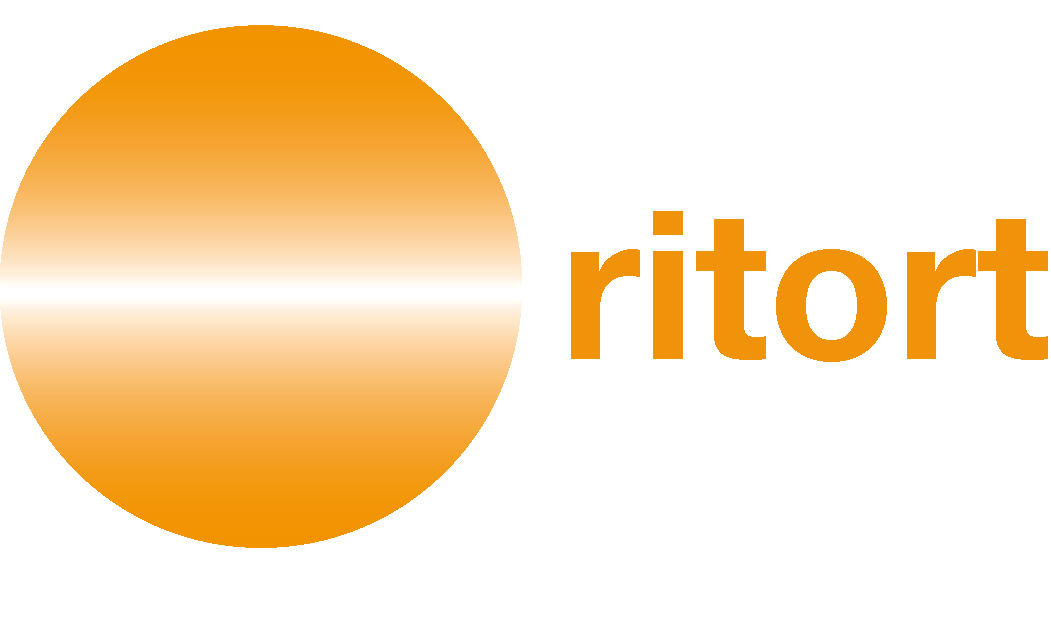
Seminar “Improvements of acoustic force spectroscopy”
Date
Tuesday, 10 May 2015
Time
12:00 am
Place
University of Barcelona
Faculty of Physics Building
Room 3.20, 3rd floor
Speaker
Dr Douwe Kamsma, Vrije Universiteit Amsterdam (The Netherlands)
Abstract
AFS is a novel technique that uses an acoustic standing wave in a microfluidic chip to apply forces on single tethers to study the structural and mechanochemical properties of biomolecules. It distinguishes itself by a high experimental throughput, a wide force range and an unmatched range of force loading rates.
As a proof of concept we performed force-extension measurements on DNA and RecA-coated DNA. These experiments demonstrate that AFS can be used to apply highly controlled forces up to at least 120 pN, with a force ramp speed between 10-4 – 102 pN/s and showing inherent stability over tens of hours over an observation area of at least 1 mm2. AFS experiments are highly parallel, allowing the simultaneous measurement of thousands of biomolecules simultaneously, in a single field of view.
Further, I will discuss the technical development we realized over the last year to make AFS more applicable for a wider range of applications. The use of a transparent piezo element allows transillumination of the sample, greatly improving optical performance and improving compatibility with existing microscopes.
We also have developed a model to calculate forces in the sample, which is used to optimize the dimensions of the system, with this optimization we can apply 350 pN on 4.5 µm polystyrene beads, without the use of an amplifier. In addition, a superposition of standing ultrasound waves can be applied to the sample, which allow modification of the force profile, for example to generate a more constant force across the fluid channel. This approach can also be used to create highly distance-dependent force profiles, transforming AFS in a distance clamp. Finally, we show that AFS is compatible with high NA water or oil immersion objectives, although less high forces can be achieved.
To conclude, AFS is a young technique with much room for improvements. Each of these new AFS developments presented here can open the doors for increasingly diverse measurement opportunities on massively parallel single-molecule systems.


